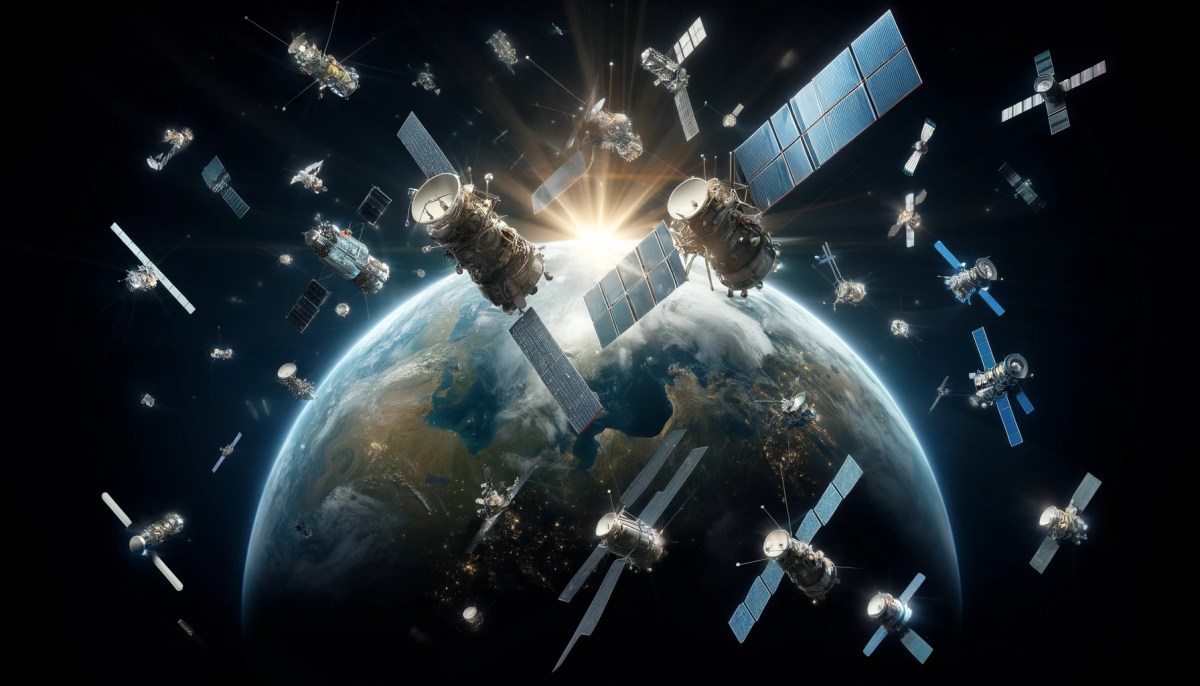The rapid expansion of satellite networks is one of the most exciting developments of our time, bringing high-speed internet and advanced communication capabilities to even the most remote corners of Earth. But as we launch more satellites into orbit, we face a new and urgent challenge: how to manage the growing congestion in space and ensure the safety and sustainability of these vital operations.
The sudden increase in the number of satellites now circling our planet — SpaceX launched over 1,800 in 2023 alone — has introduced unprecedented complexities in space object identification and traffic management. The risk of collisions, which could create dangerous debris fields, is real and growing. This challenge is not just about avoiding catastrophic accidents; it’s about ensuring that the benefits of satellite technology remain accessible to everyone without disruption.
SpaceX, in particular, has been conducting launches at a highly intensive rate. A typical transporter mission often carries dozens of satellites that, once deployed, remain in close proximity for days before gradually separating. This clustering of satellites adds further complexity to space operations. The space industry has historically relied on the 18th Space Defense Squadron, which provides object screening services and collision alerts through space-track.org. Previously, this organization could identify and catalog satellites within days of launch. However, the current surge in satellite launches has extended the time required to catalog new objects to several weeks, often necessitating assistance from satellite operators to accurately distinguish between individual satellites.
Moreover, SpaceX’s Orbital Parameter Message, which provides deployment coordinates, is only useful for a short window of time due to the uncertainties associated with orbit propagation models. This, combined with the high frequency of launches and dense deployments, makes managing space traffic even more challenging. To address the growing challenges of satellite operations, it is essential for companies to adopt proactive measures, such as integrating advanced flight dynamics systems (FDS) for more efficient management. Accurate orbit determination, especially in the early stages of a mission, is critical for maintaining satellite communication and ensuring timely operational maneuvers. Without it, there is a significant risk of losing contact with satellites for extended periods, which can jeopardize mission success.To mitigate these challenges, we recommend equipping satellites with propulsion capabilities for collision-avoidance maneuvers when needed, along with integrating advanced systems for precise orbit management. At Sateliot, we have taken these steps by incorporating GMV’s advanced FDS into our operations. This system was crucial in determining the orbits of our four newly launched satellites during the critical early mission phase, ensuring continuous communication and operational stability.
This level of precision and control is unprecedented and could not have come at a more critical time. As more companies and countries launch their own satellite constellations, the global space community faces the daunting task of coordinating these activities to avoid interference and ensure safe operations.
Looking forward, the integration of propulsion systems with FDS represents the next frontier in space safety. With this capability, satellites are not just passive objects to be tracked — they become active participants in their own safety, capable of executing collision-avoidance maneuvers when needed. This is a game-changer, allowing for greater autonomy and responsiveness in satellite operations.
In the broader context, these innovations are not just about technology — they are about preserving the future of space exploration and utilization. The ability to safely manage space traffic ensures that we can continue to expand our presence in orbit without jeopardizing the very resources we rely on. As we move forward, precise orbit determination and advanced propulsion systems will be essential in shaping a sustainable and prosperous future in space.
The progress being made in this field offers a glimpse of what’s possible when innovation is driven by necessity. It reminds us that today’s challenges can be met with tomorrow’s technologies and that with the right tools, we can keep the final frontier open and accessible for all.
Marco Guadalupi is a telecommunications engineer with over 20 years of experience, currently serving as CTO of Sateliot. As the former CTO of Eurona Telecom Group, Guadalupi spearheaded the deployment of Spain’s first fixed broadband network in the 3.5 GHz band and managed Europe’s largest satellite device network.
